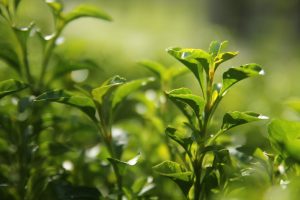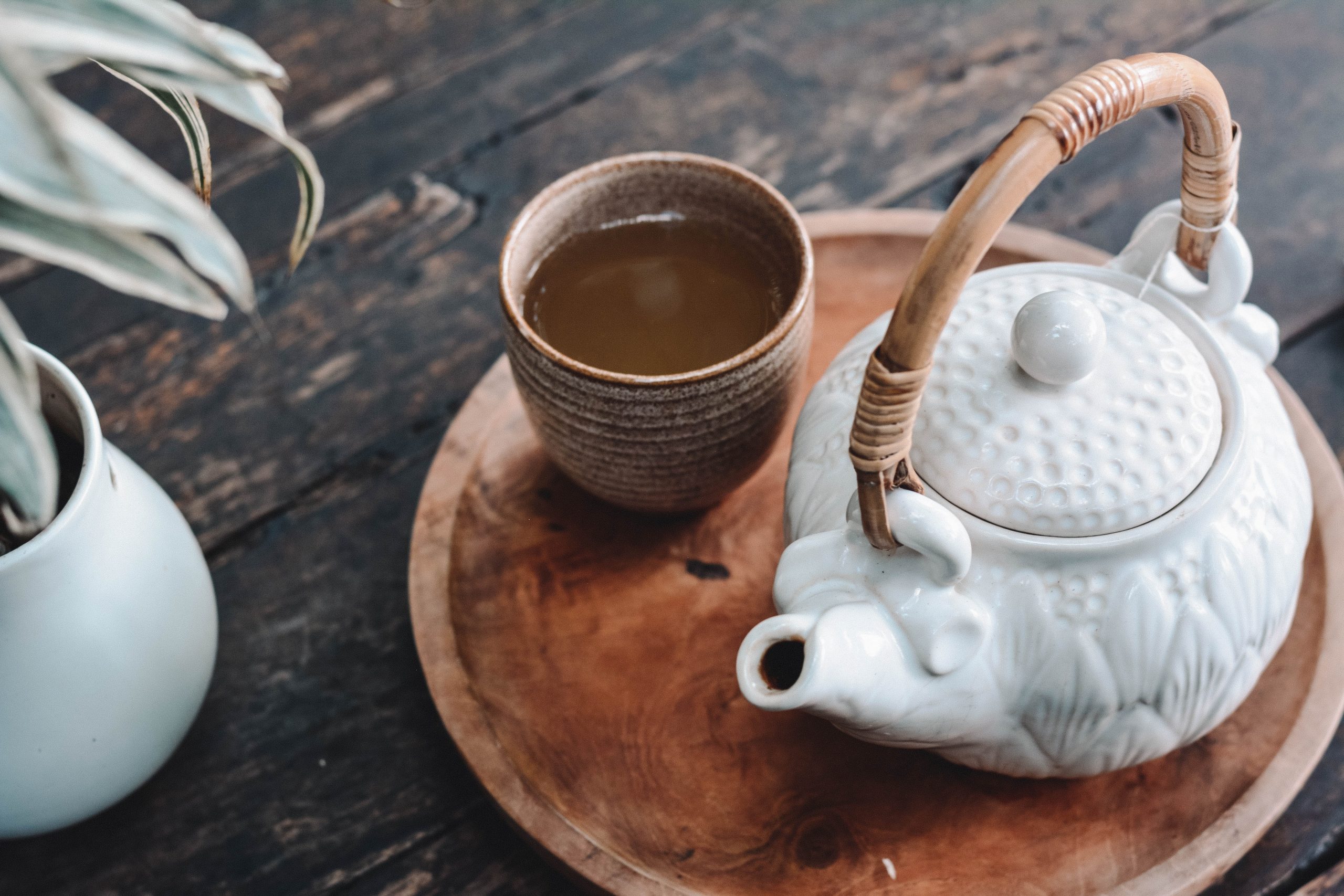Last Updated on April 5, 2024 by Real Men Sow
There are many types of tea on the supermarket shelves, but most come from the tea bush, also known as Camellia Sinensis. Camellia sinensis, a sturdy evergreen plant with pointed, fragrant and glossy green leaves, is hardy. This shrub offers more than a refreshing cup of tea with its delicate white autumn flowers. Camellia sinensis can be grown if you have other Camellia varieties in your garden.

How To Cultivate Tea Bush
Camellia sinensis prefers ericaceous soil, in a sunny position with partial shade. It is important that the soil be free from any drainage. Planting in pots can make even the smallest garden a home-grown tea plantation.
Tea plants can reach up to 2 meters in height. If you plant more than one seedling in the ground, leave 1.5m between them. This will allow the plants to breathe and encourage them to grow bushy.
Growing tea from seed
It’s not easy to grow tea from seeds. Germination can take up to 8 weeks. This makes it not the best way to host your first tea party. If you’re interested in giving it a try, make sure to buy your tea seeds from a trusted trader. Also, ensure that the supplied variety is the Chinese Camellia Sinensis, and not the Indian Camellia Sinensis Assamica. These varieties require tropical conditions for growth.
Propagation of tea seeds
The first step is to soak the tea seeds in water for 24 to 48 hours. This will allow the tea seeds to absorb as much water as possible and kickstart the germination process. Although this is not always possible, the seeds that sink have the best chance of germination.
After removing the seeds from the water, place them in a tray and let dry in a sunny location. Let the seeds cool down, then cover them with coarse vermiculite.
How To Germinate Tea Plant
The soil should be kept moist in a sunny, warm place. Germination should occur between 6-8 weeks after that. After germination has taken place and your tea plants have produced 3-4 leaves, you can separate them into pots with ericaceous soil.
Place the plant in a sunny, warm spot. Spray regularly to keep it moist, but not too wet.
Cultivate Tea Bush
You can begin hardening off the plant when it reaches 20cm. You can re-pot the plant, giving it plenty of room for growth. Make sure to continue using ericaceous soil and ensure good drainage. Tea plants love a lot of water, but they also need to drain any excess water to prevent root rot. Place the tea plant in a protected spot, partially shaded or under a large tree or shrub.
Tea plants require protection from frost as they are young. It is recommended that you bring your tea plants into a greenhouse during the first two winters.
Camellia sinensis matures in 3 years. However, once they reach 1m height, they should be able to withstand an English winter.
Tea plants do not require a lot of food, only water. However, if you do have to feed them, make sure they grow in ericaceous feed and don’t harvest the plant until 12-20 days after the next flush.
How To Harvest Tea Bush
In winter, tea plants generally go dormant. The first ‘flush” of tea shoots should show signs of new growth. With a gentle pinch, remove the two brightest green leaves from each branch. This encourages more growth and creates a bushier shrub. The young, apple-green leaves can then be made into a soothing cup of tea.
The tea plant can be harvested several times during the spring and summer. This gives you plenty of opportunities to experiment with different ways to make your favorite tea. Camellia sinensis is the same plant that gives rise to a variety of teas, including Oolong Tea, Green Tea, and Black Tea. It is the processing that the leaves go through after being harvested that makes the difference.

